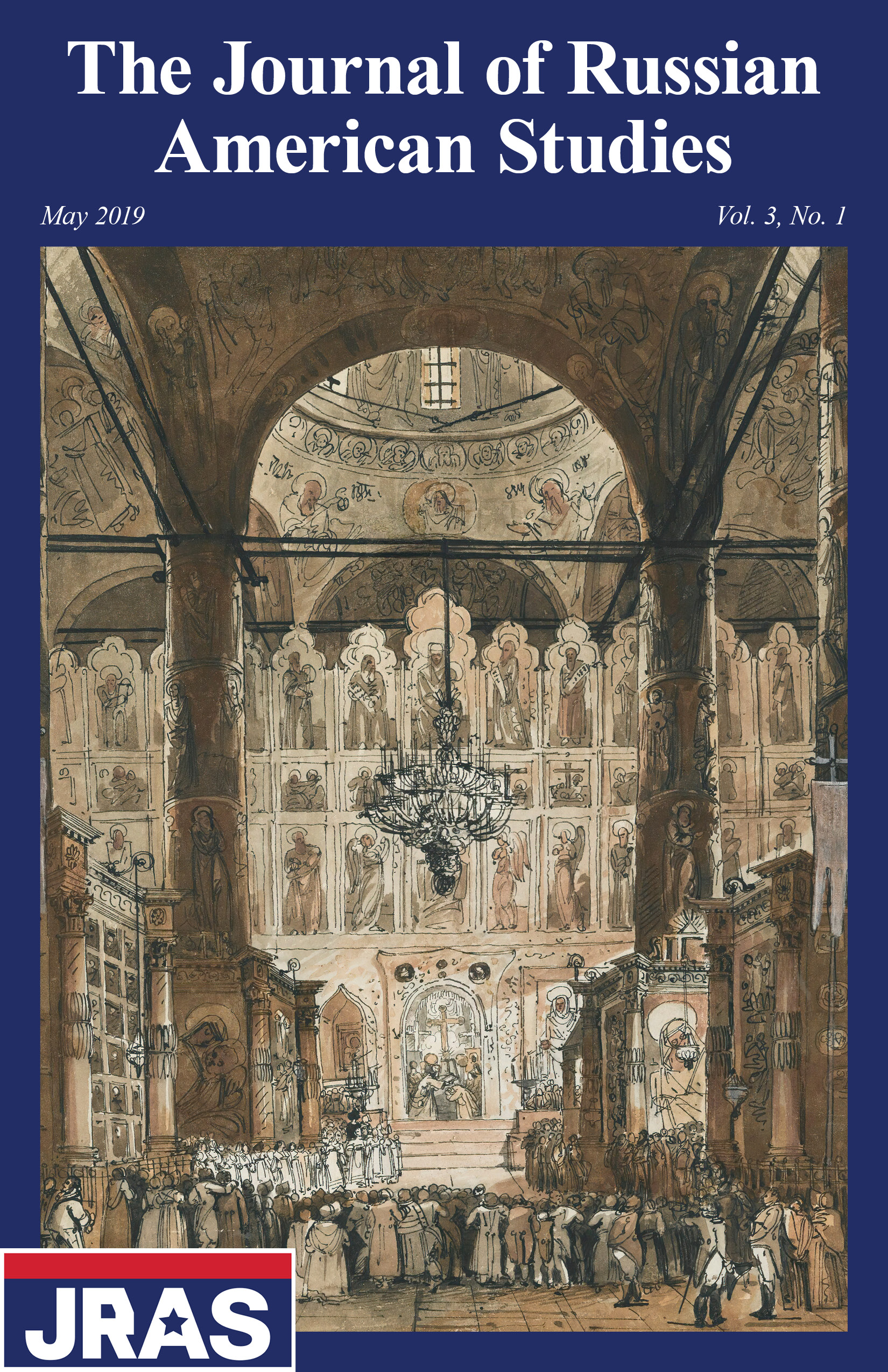American Phenomenology of the Russian Revolution
1905 from the Other Side of the Atlantic
DOI:
https://doi.org/10.17161/jras.v3i1.9809Abstract
The author, appealing to constructivist approach, focuses on the idea that as it watched the First Russian Revolution unfold, American society lived through its first cycle of hopes (concerning the prospects of Russia’s modernization/westernization) and disappointments (with its results). Based on the analyses of primary sources of different types (first of all, press materials, including political cartoons), this article follows through the distinct stages of these cycles of hopes and disappointments. When the cycle was on the upswing, it was, as a rule, dominated by liberal universalist myths that framed the image of the romantic Russian Other; when the cycle was on the downswing, it was, as a rule, dominated by Russophobic myths that played an important part in maintaining the image of the demonic Russian Other. During the First Russian Revolution, the eagerness to remake the Russian Empire into the image and the likeness of the United States had reached its peak and Russia became the object of the US world-reforming mission. One of the author’s main conclusions is that the first American “crusade” for the democratization of Russia had provided the blueprint for subsequent campaigns: for the liberalization of the Russian Empire in 1917, of the Soviet Union during the Second World War, and of post-Soviet Russia after the fall of the Soviet Union and the end of the Cold War.
Downloads
Published
Issue
Section
License

This work is licensed under a Creative Commons Attribution-NonCommercial 4.0 International License.
Copyrights are held by the authors. Articles in the Journal of Russian American Studies are licensed under a Creative Commons Attribution-NonCommercial 4.0 International License.



